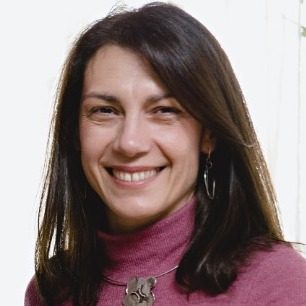
Stella Demesticha completed her undergraduate studies in Archaeology in 1992, at the National University of Athens, Greece, (Department of History and Archaeology, Faculty of Philosophy) and continued at the Department of History and Archaeology of the University of Cyprus, where she got her PhD in Archaeology, in 2002. She worked for seven years (2000- 2006) at the Piraeus Bank Group Cultural Foundation in Athens, Greece (as head of the Museums Department and after 2006, as vice director of the Foundation). In 2006 she also taught Maritime Archaeology at the University of Peloponnese, Greece, and since 2007 she lectures at the University of Cyprus.
She specializes in maritime archaeology, particularly shipwrecks, maritime transport containers, seaborne trade routes and ancient economy in the eastern Mediterranean. Her publications concern all these topics, with an emphasis on Cyprus. During the last decade, she has directed three different field projects at shipwreck sites: Mazotos, Nissia and Protaras, all in Cyprus. Moreover, she has been involved in funded research projects on various domains of maritime archaeology: Sailing in Cyprus through the Centuries: An Interdisciplinary Approach; ΚΑΡΑΒΟΙ: The Ship Graffiti on the Medieval and Post Medieval Monuments of Cyprus; iMARECULTURE, on Advanced Virtual and Augmented Reality, as well as iMmersive serious games, as tools to raise awareness and access to European underwater Cultural heritage. SAROCY: Delineating probable sea routes between Cyprus and its surrounding coastal areas at the start of the Holocene: A simulation approach; ANDIKAT.
Stella Demesticha has worked for the establishment of maritime archaeology in Cyprus in different capacities. In 2011 she created the Maritime Archaeological Research Laboratory (MARELab) at the Archaeological Research Unit of the University of Cyprus and since 2014, she co-ordinates the Master’s Programme Field Archaeology on Land and under the Sea in the Department of History and Archaeology. She has also been very active in the field: she has organised six underwater archaeology field schools in the island, three by herself and three in collaboration with the Nautical Archaeological Society, UK, and has conducted several short surveys along the Cypriot coast.
